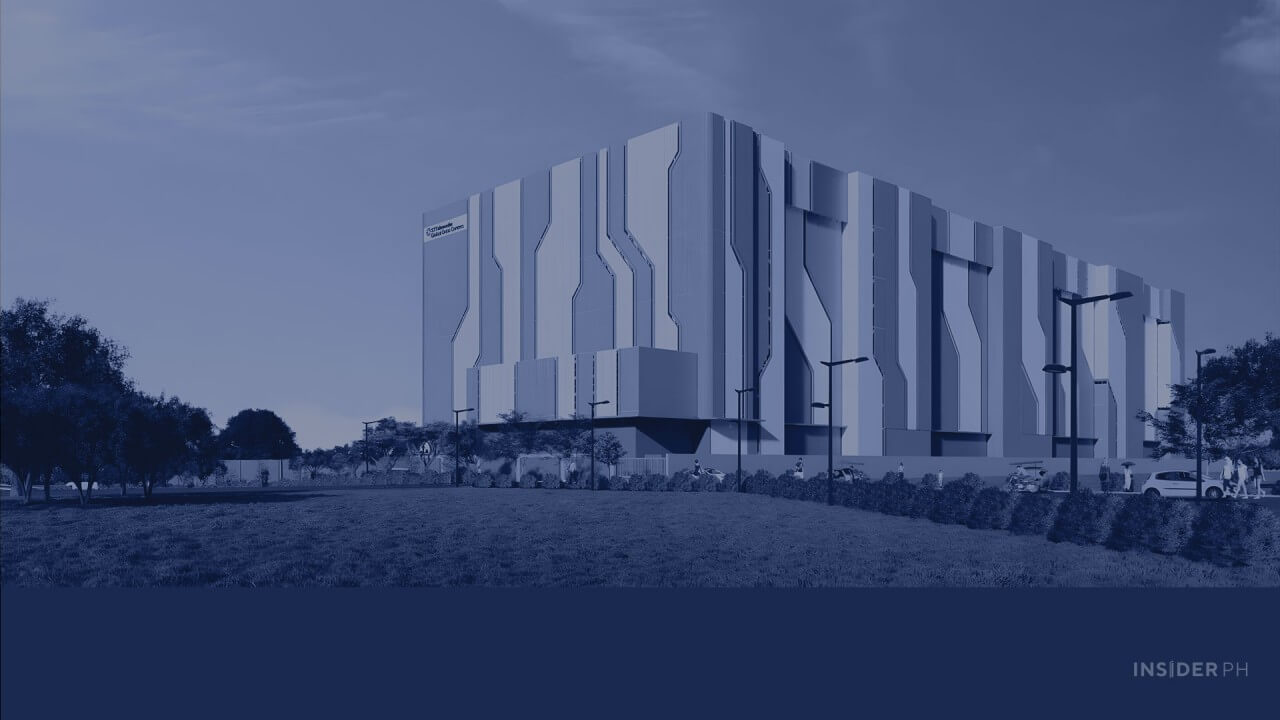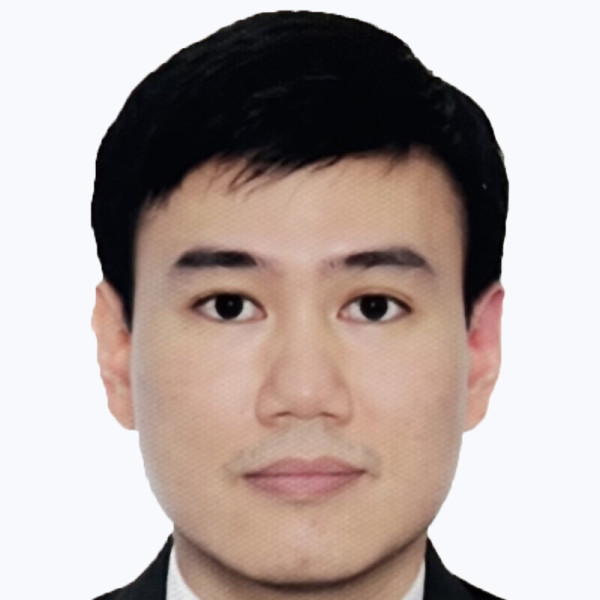

Instead of offices and mall space, the president and CEO of Ayala Corp.- and Globe Telecom-backed STT GDC Philippines rents out 24/7 connectivity, cooling, and power—yes, a staggering amount of power—inside a growing network of data centers.
These unassuming warehouses shield fortified hubs that keep much of the Philippines’ booming digital economy running smoothly.
For Malana, each site is a foothold in the fast-approaching AI future. They’re also critical assets in a regional race, where competition among global peers is intensifying.
“The Philippines is ready for world-class digital infrastructure. We have those types of structures in place,” he said in an exclusive interview with InsiderPH.
“The country is ready to become digital with at least a piece of its own digital infrastructure,” he added.
Biggest data center in the Philippines
In Fairview, Quezon City, STT GDC Philippines is showcasing what will be the country’s largest data center campus, designed for 124 megawatts (MW).
Data centers consume such massive amounts of electricity that their size is measured in power, not floor space.
For example, the first phase of the Fairview site will deliver this year 12 MW of capacity, which is enough energy to power a small town.
Malana said all their data centers run on renewable energy, and the Fairview site will be no different.
STT GDC bullish on growth
STT GDC Philippines, a joint venture between Globe, Ayala, and Singapore’s ST Telemedia Global Data Centres, operates mostly in Metro Manila. It’s also building a 6-MW site in Cavite and runs a data center in Davao.
“We’re very bullish in terms of the expansion. And people ask me: Why mostly the metro area? Right now, that’s where the customers tend to focus, especially the international customers,” he said.
The company plans to expand its data center capacity from 22 MW today to about 150 MW in the coming years, but the exact pace will depend on demand.
Build too late and you miss the boom. But starting too early also carries risks, as server technology is advancing faster than ever.
Hyperscalers and AI gear could soon demand hundreds of kilowatts per rack, making older facilities nearly impossible to retrofit, Malana said.
“If your design was done too far back, by the time you built it, it’s getting too obsolete,” he said.
Perfectionist on the job
It helps that Malana is a stickler for detail in how he works.
During the interview, he demonstrated how he could monitor construction activity at Fairview in near real time from the STT Makati site, an older-generation facility that also serves as their corporate headquarters and a showroom for potential clients.
Is he a perfectionist?
“You can say a perfectionist but you know, if you have rules, you have to follow,” Malana said, added that their facilities are built using Singapore safety standards.
International career
Malana earned a joint major in mechanical engineering and materials science from the University of California, Berkeley.
At one point, he considered a career in research but ultimately found his calling in telecommunications.
“AT&T recruited me from college. That’s how I ended up in telco,” he said.
He spent nearly two decades at AT&T, where he also helped establish the telco giant’s Mexico operations. He recalled the moderate weather, warm Mexican culture, and Catholic traditions felt similar to those in the Philippines.
“When I got there I was like, this reminds me so much of the Philippines. Why don’t we just go back to the Philippines,” he said.
That decision came years later when he joined Globe as chief information officer in late 2019.
“And then the pandemic hit. I was the pandemic CIO,” he said.
STT GDC Philippines was officially launched in 2022, with Malana chosen to lead the venture.
Failure isn’t an option
Data centers are built on layers of security and redundancy.
The nearly 3-hectare Fairview lot, a legacy asset of Bayan Telecommunications, which was acquired by Globe a decade ago, was selected for its elevated location and distance from fault lines.
A widespread failure, although unlikely, would be felt almost instantly: Facebook could slow or stall, mobile wallet transfers and credit card payments could freeze, and hospitals could get cut off from critical patient records tied to cloud systems.
“Any service that relies on digital will be affected,” Malana said.
Maximum safety, discretion settings
The InsiderPH team cleared security checks days in advance, and on-site at STT Makati, it felt like entering a high-security embassy. Of course, filming inside was strictly off-limits to protect clients.
And forget those Mission Impossible-style data heists you see in movies. Clients’ servers sit locked behind mesh cages, which are designed to foil such attempts.
“Some of the hyperscalers test their cage mesh to ensure it cannot fit a USB drive. They have testers that check every square,” he said.
Malana is fine meeting these exacting standards, even as the mesh gaps keep shrinking.
“You think it’s no big deal, right? But now you have to redo computational design for the air-conditioning because the airflow changes when the mesh gets smaller,” he explained.
Philippines gears up to compete in the global data race
Looking ahead, Malana is optimistic about the Philippines’ place on the global digital map, saying STT GDC Philippines will play a major role alongside their domestic counterparts such as PLDT’s Vitro Inc., Converge ICT and YCO Cloud of the Ynchausti clan.
“All these hyperscale-class facilities will make the Philippines more attractive because the competition isn’t local,” Malana said.
With Singapore, the region’s hub, unable to build more data centers due to land and power limits, global players are scouting for new locations.
Malana’s pitch: why not the Philippines?
“It’s good to have an ecosystem. One player alone doesn’t make a market,” he said.

Miguel R. Camus has been a reporter covering various domestic business topics since 2009.